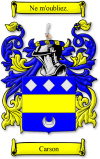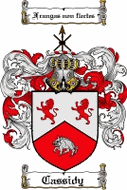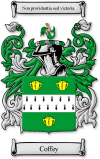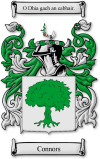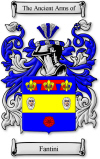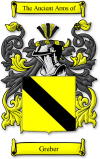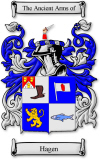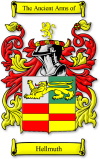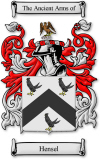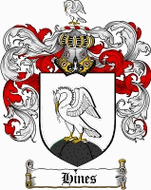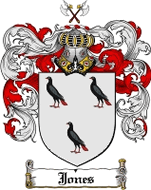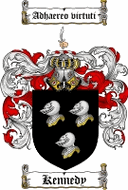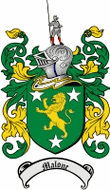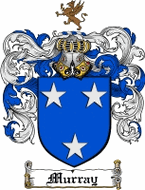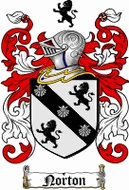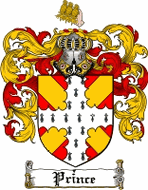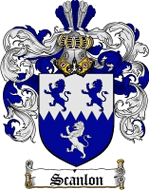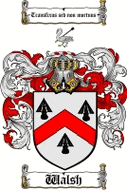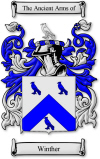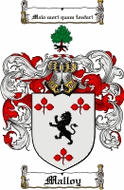 | 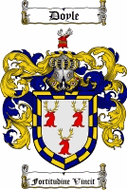 |
The surname of MALLOY and its variant MALOY were an important sept of Fercal in mid-Leinster. The name is the anglicized form of O'Maolaoidh. Ireland is one of the earliest sources of the development of patronymic names in northern Europe. Irish Clan or bynames can be traced back to the 4th century B.C. and Mac (son of) and O (grandson or ancestor of) evolved from this base, the original literal meaning of which has been lost due to the absence of written records and linguistic ambivalences which subtly but inexorably became adopted through usage. Genealogists and lexographers accept that the patronymic base does not refer to a location, quite the contrary. The use of the prefix 'Bally' (town of) attaching to the base name, identifying the location. The base root was also adopted by people residing in the demographic area without a common ancestor. These groups called 'Septs' were specially prevalent in Ireland. The first Normans arrived in Ireland in the 12th and 13th centuries to form an alliance with the King of Leinster. Under Elizabeth I in the 16th century, settlers from England established themselves around Dublin, then under English control and Presbyterian Scots emigrated to Ulster, introducing English and Scottish roots. The associated arms are recorded in Sir Bernard Burkes General Armory. Ulster King of Arms in 1884. Granted to Sir Richard Mallory, Lord Mayor of London during the reign of Elizabeth I (1558-1603) his eldest daughter and co.heir married Robert Sharpe of London, merchant. Visit Devon in 1620.) In the Middle Ages the Herald (old French herault) was an officer whose duty it was to proclaim war or peace, carry challenges to battle and messages between sovereigns; nowadays war or peace is still proclaimed by the heralds, but their chief duty as court functionaries is to superintend state ceremonies, such as coronations, installations, and to grant arms. Edward III (1327-1377) appointed two heraldic kings-at-arms for south and north, England in 1340. The English College of Heralds was incorporated by Richard III in 1483-84. The lion depicted in the arms is the noblest of all wild beasts which is made to be the emblem of strength and valour, and is on that account the most frequently borne in Coat-Armour.
| Among the twenty commonest surnames in Ireland, the name DOYLE is borne by approximately one half of one per cent of the total population of the island today. It has always been found predominantly in south-eastern Leinster and it is there, with Dublin, that the majority of Doyles is still to be found. Doyle derives from the Irish dubh-ghall, meaning literally 'dark foreigner', but the term was applied generally to describe the Norsemen who settled on the east coast of Ireland from the 9th to the 11th centuries. This, of course, explains the commonness of the name as Doyles may descend from a number of distinct ancestors who were dubbed dubh-ghall. When the sparse Irish population began to increase it became necessary to broaden the base of personal identification by moving from single names to a more definite nomenclature. The prefix MAC was given to the father's christian name, or O to that of a grandfather or even earlier ancestor. At first the coat of arms was a practical matter which served a function on the battlefield and in tournaments. With his helmet covering his face and armour encasing the knight from head to foot, the only means of identification for his followers, was the insignia painted on his shield and embroidered on his surcoat, the draped and flowing garment worn over the armour.
A notable member of the name was John Doyle (1797-1868) the Irish political cartoonist, born in Dublin into an impoverished Roman Catholic family. He settled in England in 1821, where his loyalties were to liberal figures who brought about Catholic emancipation and reform. He revolutionized the art of caricature from the 18th century grotesques. His subjects were striking likenesses, handled with dignity, but not deference. Doyle was widowed young and brought up an artistically talented family, including Richard Doyle, and Charles, father of Arthur Conan Doyle. |
|
|
|
|
|
|
|
|
|
|
|
